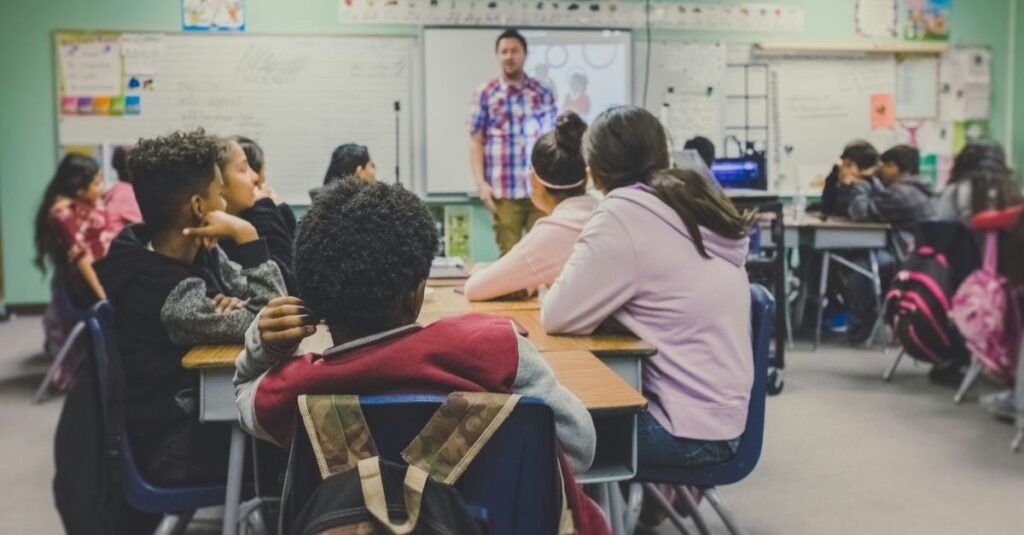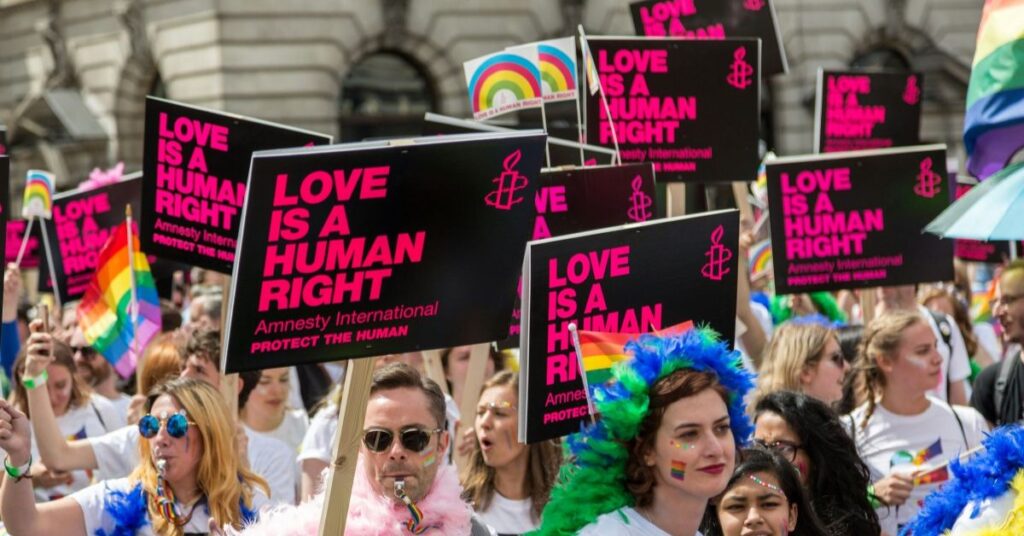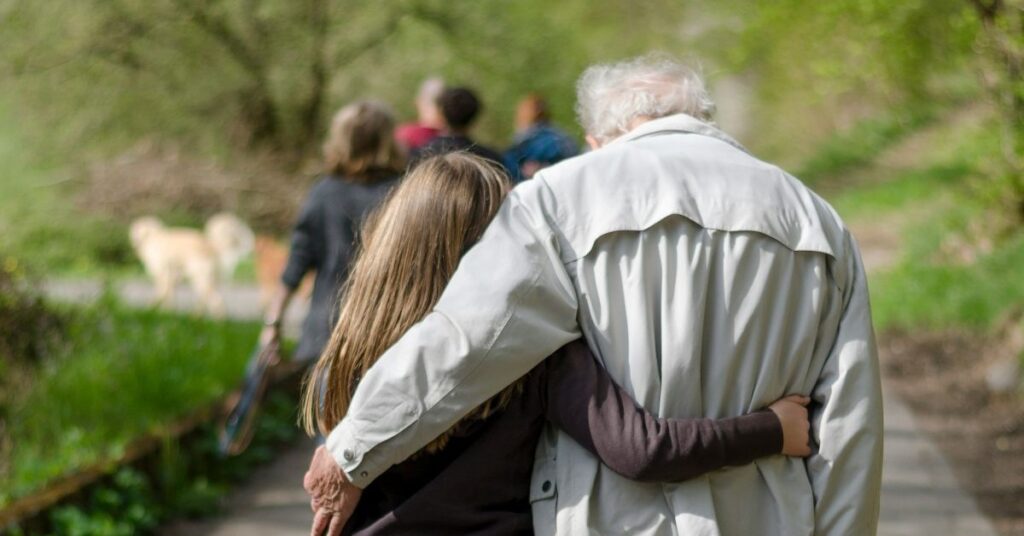Here’s some of the things in the Third Sector that have caught our eye over the last few weeks.
The Charity Digital Code of Practice has been refreshed for 2025, offering tailored guidance for both large and small charities. It dives into leadership, user-led design, digital culture, data use, and adaptability. Clearly digital is important for charities and the Code will be helpful. But it does feel a bit like Another Thing when so many are desperately trying to balance increased demand and fewer resources. And with ‘User Led’ as a principle, it’d be good to see some front-line organisations involved in the next update.
Also in governance news, updates to the Statement of Recommended Practice (SORP) are on the horizon, with definite changes coming to lease reporting and contract income. The consultation on changes has now closed, and other changes to SORP will be decided this Autumn. Good to see that reporting requirements may be tiered, although no clarity about where the tiers will be. I was pleased to see that there’s more appetite amongst charities (that responded to the consultation) for transparent and thoughtful reporting. Anyway, Treasurers, accountants, and contract/grant managers take note.
Meanwhile, government funding is shifting. The post-Brexit Shared Prosperity Fund (which replaced EU funding) is set to end in 2026, with plans for a new local growth initiative targeting 350 deprived communities. This appears to be aspirational at the moment – no concrete plans or amounts that we know off. It takes me back to my time in Kilburn and the days of URBAN EU funding, Single Regeneration Budgets, and New Deal for Communities… But 350 communities is pretty thinly spread.
In a sobering move, the Charity Commission has removed trustee details from refugee charities to protect them. This is pretty rare, and is a reflection of the levels of violence and fear in the UK at the moment. It’s a pretty terrible state of affairs when people helping people are put in this position. Yet, amidst the darkness, there’s a glimmer of light: some of the charities we work with that support Refugees and Asylum seekers are reporting a rise in volunteers—people stepping up to help where they can. It’s the kind of good news we need more of.
Ethical fundraising has always been an issue for the sector, and I was interested to read about the work that charities like Hope for Children here. They launched the campaign three years ago, in particular rethinking how they use images in fundraising. They replaced identifiable photos of children (who are unable to provide informed consent) with more protected alternatives. Looking back, their income didn’t drop as a result – proof that ethics and effectiveness can go hand in hand. They are now re-launching the campaign. They work in International Development but I think the issues and approach apply to local, domestic charities too.
Finally, and again a bit of good news: people do still want to make the world a better place. The Charity Commission reports a 9% rise in applications from 2023 to 2024. Although AI-generated applications are causing them headaches, it’s still good to see.
Photo by Priscilla Du Preez 🇨🇦 on Unsplash






